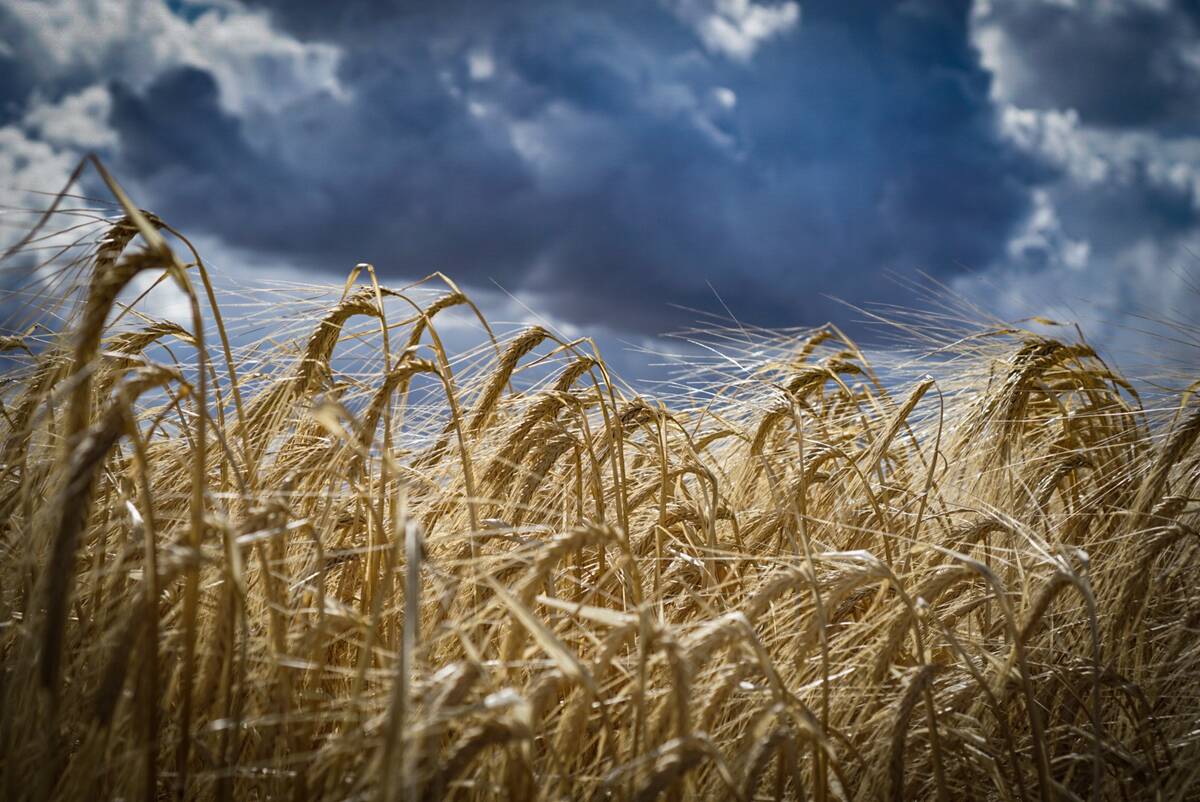Crop rows are thin, canola looks sparse and large cracks are forming in the soil in fields around Winnipeg.
“It looks like growers will move back into a crop insurance position,” said Rob Park of Manitoba Agriculture at Carman.
In 2004, large tracts of land remained unseeded in the province due to flooding and heavy rainfall.
This year, areas circling Winnipeg from Teulon to Portage la Prairie to Dugald will yield crops that are not likely to exceed crop insurance levels, said Park.
Starbuck has received 18 percent of its normal rainfall. Many of the dry areas got less than half of their normal long-term rainfall, and most of it had fallen by seeding time.
Read Also

Malting barley exporters target Mexican market
Canada’s barley sector is setting its sights on the Mexican market to help mop up some of the lost demand from China
“Irrigation has been running full tilt,” said Park of the Portage vegetable crops.
He said “a money rain of about a half inch” would generally help all crops, but not those in the driest areas.
“A lot of the damage may have already been done,” Park said, citing the consequences of heat on flowering crops. “When you put extreme stress on it, it impacts the yield in a big way.”
Soil moisture and crop prospects by contrast are excellent at Dauphin-Swan River and Winkler-Morden, while Brandon to Minnedosa is experiencing excess moisture.
Despite the setbacks, Park anticipates above average yields for traditional commodity crops when averaged over the whole province.
Two provinces away, heavy rains in southern Alberta left mud-splattered cowboys and flooded midways for the opening weekend of the Calgary Stampede.
Heavy rain and strong winds were reported in southern Alberta July 9, including baseball-sized hail in De Winton. Tornado warnings were issued for Kneehill County, Red Deer County, Drumheller, Medicine Hat and Bow Island.
A similarly strong windstorm also struck Saskatchewan July 7 with reports of a tornado at Arelee.
Such high moisture reserves in southern Alberta are normally seen about once over a 30-year span, said Ralph Wright, soil moisture specialist with Alberta Agriculture.
The Peace is typically wetter than the south but this year it has critically low moisture reserves.
Wright said recent rains would hardly be enough to stave off serious moisture stress and crop desiccation.
“Soil moisture reserves are so low they have little or no capacity to survive short-term dry spells.”
By contrast, the south has enough now to get the plants through to fall.
Dry areas include communities west of Vegreville and north of Lacombe, he said.
The wettest zones include the County of Newell and Medicine Hat-Brooks to the Municipal District of Acadia Valley.
This area has seen lots of rain and heavy thundershowers this year, with steady precipitation in June, August and September in 2005.
Wright said fall rains are useful in recharging soils for next year.
“There’s been a series of wet weather every month with above normal precipitation,” said Wright.
“They’re looking pretty, provided disease isn’t a problem.”














